Replica steel two masted american 1870 gaff rigged schooner. Designed by Nick Branson. Built by gold water boats of Ipswich, a class A 60 mile offshore capability.
The very first owner of the ship was Jan Linden. He had the hull of Elinor built by Goldwater boats of Ipswich. The hull was based on a steel kit designed and supplied by Nick Branson, based on an 1870 american two masted gaff-rigged schooner. It is a triple hard chine construction on a long keel; 1 meter at the bow and 1,8 meters at the stern. It comes with a generous beam of 3,8 meters and with an on-deck length of 13 meters. It's overall length of 17,5 meters makes it handy for a two man crew.
In 2004, Jan had the inside sprayed with class 2 foam by others, got the hollow spruce spars from Noble Masts, and the sails from North Sail. Everything else he carried out the following 4 years. A lot of care was put into this project, and his vision was to sail the ship on the open seas. He set out from Standard Quay in Faversham creek, Kent, UK, and ran aground by the sewage works in the first bend of the river. After being towed back to Standard Creek he couldn't stop feeling disappointed and sold the ship to a man called Graham. The next owner didn't do much to it, and the ship sat up for sale for another 4 years. This is where the current owner of the ship comes in.
Toni Hodgkins had rented a barn and was on the lookout for a sailing liveaboard. At the time of visiting Standard Creek (Faversham, Kent, UK) he was looking in boatshed magazine and found a schooner for sale. Not knowing anything about the ship's whereabouts, he asked the agent were it was, and on the phone the agent responded by asking about his whereabouts. -"I'm on my way to Standard Quay", Hodgkins replied. -"Well, look now further, cause its right there", she replied. -"Would you know. There it was.", Toni thought. True to her word, there she was, a two masted schooner still in fair condition. While walking searchingly towards the vessel, a man approached him with a will to assist. -"Can I help you?", the man asked, and Toni asked him if he knew the owner of the ship. -"You're looking at him", he replied and 4 days later the boat went into procurement.
Off to his mooring were Toni kept his 1895 lugger at Hollowshore Moorings, he sorted a mooring for Elinor with a very helpful Dan Tester and his father Barry Tester. That same year Elinor went into the shed, masts out, standing rigging refurbished in the mast shed. Took care of the hull and cabin top decks shotblasted and the application of two pack Jotun (tm) paint. Anodes, ECT, masts and rigging back in. New bowsprit, jibboom, staysail boom and wheel steering. Since then he had davits on both sides with dingy on deck. He renewed all the electronics, hydraulic wheel steering, catheads each side, bitts and holding tanks. More fixtures as new white sails went on, which can be brailed. Being surrounded by shallow water and sand banks, with bowsprits of the right size, he could then flatter sails and successfully tack upriver.
In 2020, Toni and his navigator Richard Curling had been sailing the Elinor for eight years. They average about 500 miles for the 6 month sailing season each year, mainly on the southeast coast (an intercardinal direction in maritime lingo). The sad thing is that Jan Linden never got to sail his schooner which he put so much hard work into. Toni himself, he aims to sail the Elinor for as long as he can. If he ever meet Jan, the first owner of the ship, he will be shure to tell of Elinors's adventures.
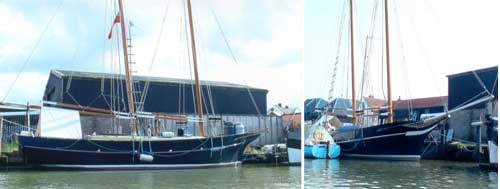
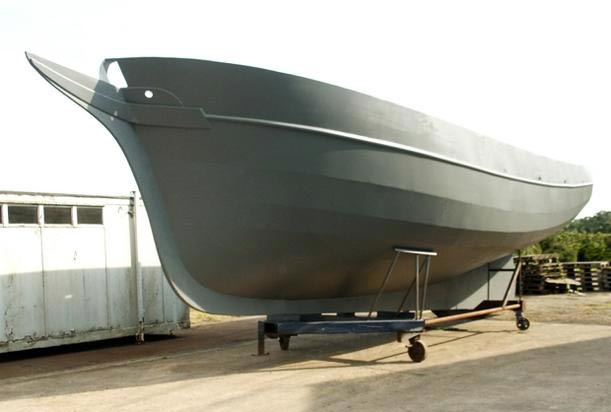
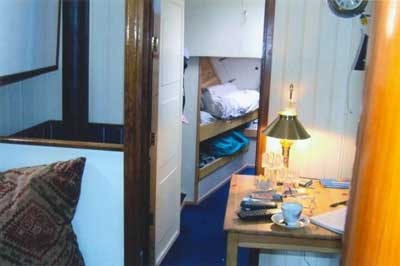
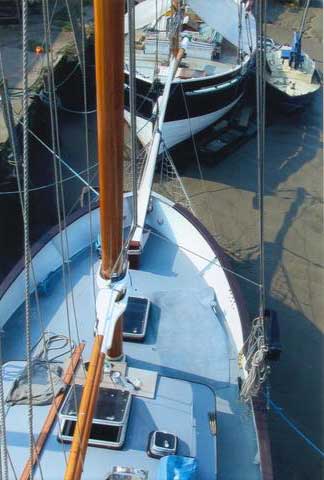
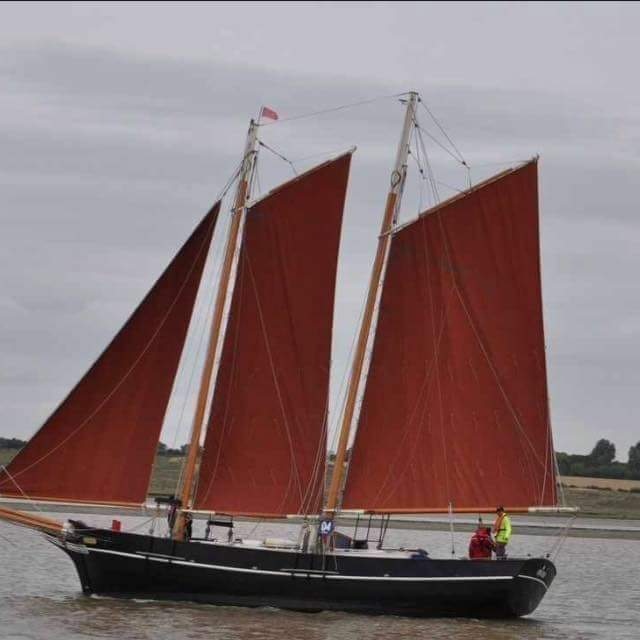
Terminology
Davit: A davit is any of various crane-like devices used on a ship for supporting, raising and lowering equipment such as boats and anchors.
Bowsprit: A spar running out from a ship's bow, to which the forestays are fastened.
A lugger is a class of boat that was widely used as a traditional fishing boat or other working craft, particularly off the coasts of France, England, Ireland and Scotland. It is a sailing vessel defined by its rig, using the lug sail on all of its one or several masts. Luggers varied extensively in size and design.
See contact and technical details here

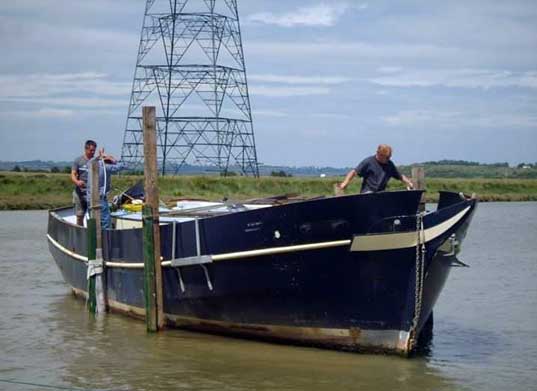
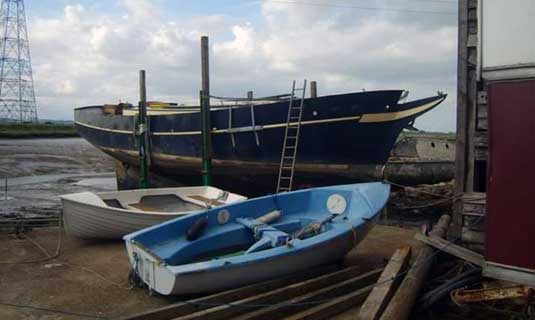
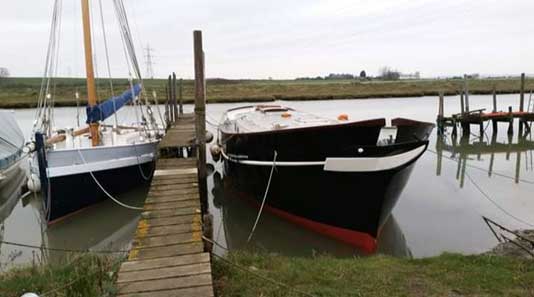
 About this site
About this site